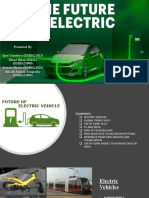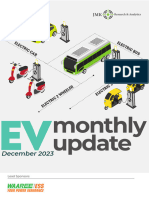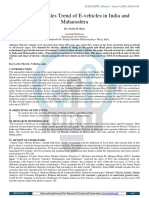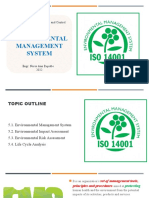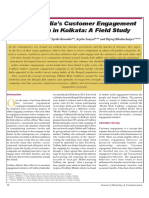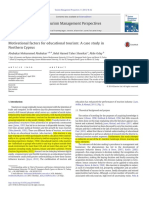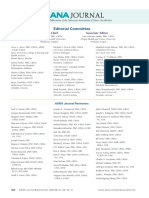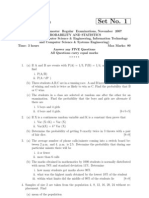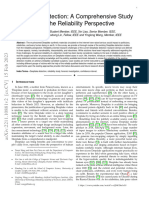0% found this document useful (0 votes)
42 views24 pagesEV Market Segmentation Task
This project report analyzes the Electric Vehicle (EV) market in India through market segmentation to identify key consumer categories and develop a market entry strategy. The Indian EV market is rapidly growing, with a projected CAGR of 36% and significant government support, despite challenges like high costs and limited charging infrastructure. The report utilizes K-means clustering and linear regression to segment the market and predict vehicle prices, while also suggesting improvements for future research and data collection.
Uploaded by
sudhinpkarkalaCopyright
© © All Rights Reserved
We take content rights seriously. If you suspect this is your content, claim it here.
Available Formats
Download as PDF, TXT or read online on Scribd
0% found this document useful (0 votes)
42 views24 pagesEV Market Segmentation Task
This project report analyzes the Electric Vehicle (EV) market in India through market segmentation to identify key consumer categories and develop a market entry strategy. The Indian EV market is rapidly growing, with a projected CAGR of 36% and significant government support, despite challenges like high costs and limited charging infrastructure. The report utilizes K-means clustering and linear regression to segment the market and predict vehicle prices, while also suggesting improvements for future research and data collection.
Uploaded by
sudhinpkarkalaCopyright
© © All Rights Reserved
We take content rights seriously. If you suspect this is your content, claim it here.
Available Formats
Download as PDF, TXT or read online on Scribd
/ 24













